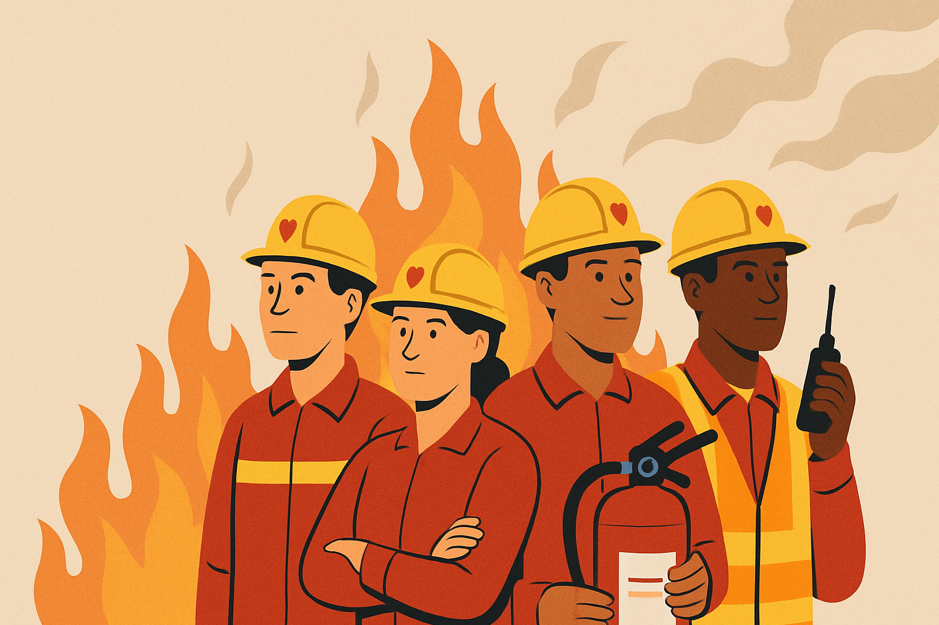
In any organization, safety is paramount—not just as a compliance requirement but as a moral obligation. One of the most critical components of any workplace safety program is effective fire preparedness. While fire alarms, extinguishers, and evacuation maps are essential, they’re only part of a broader strategy. To truly enhance fire readiness, organizations should consider implementing a dedicated Fire Response Team (FRT)—a trained internal group responsible for coordinating actions in the event of a fire emergency.
This article will guide you through the purpose, benefits, structure, and implementation steps of a Fire Response Team, along with best practices for maintaining its effectiveness.
What Is a Fire Response Team?
A Fire Response Team is a designated group of employees trained to act swiftly and effectively during fire-related emergencies. The team supports the evacuation process, ensures communication flows smoothly, provides first response actions such as using fire extinguishers or assisting those with mobility issues, and coordinates with emergency services upon their arrival.
The goal is not to replace professional firefighters but to bridge the critical gap between alarm activation and the arrival of emergency personnel.
Why Your Organization Needs a Fire Response Team
- Enhanced Safety and Faster Response
Fires escalate quickly. Even a delay of 30–60 seconds can dramatically worsen the situation. A Fire Response Team can act immediately to assess the situation, attempt to contain small fires, and begin evacuation procedures, potentially saving lives. - Legal and Regulatory Compliance
In many countries, fire safety regulations and occupational health and safety laws require organizations to conduct regular fire drills, have evacuation plans, and ensure employee safety training. An FRT adds structure to your compliance efforts. - Reduced Panic During Emergencies
In emergencies, chaos can spread faster than flames. Trained Fire Response Team members act as calm leaders who direct others and maintain order, significantly reducing panic and confusion. - Improved Coordination With First Responders
Firefighters and emergency medical personnel rely on accurate, timely information when they arrive. An on-site team that can report fire locations, headcounts, and hazards can dramatically improve emergency response outcomes.
Roles and Responsibilities of a Fire Response Team
A fully functioning Fire Response Team should have clearly defined roles. Depending on your organization’s size and layout, roles can be consolidated or expanded:
- Team Leader / Fire Warden: Coordinates the team, communicates with upper management and emergency services, and ensures post-event reporting and reviews.
- Floor Marshals: Assigned to each floor or department, they guide evacuation, check restrooms and isolated areas, and confirm floor clearance.
- First Aid Responders: Provide basic medical assistance until emergency services arrive.
- Communication Officer: Maintains contact with all team members, provides updates, and communicates with emergency services when safe to do so.
- Equipment Monitors: Responsible for checking fire extinguishers, emergency exits, lighting, and alarm systems during non-emergency hours and alerting maintenance teams to issues.
How to Implement a Fire Response Team
- Obtain Management Buy-In
Management support is essential. A clear proposal outlining the benefits, cost implications (mostly time and training), and risk reduction potential can help secure the necessary resources. - Define Scope and Structure
Establish the size and scope of your Fire Response Team based on:- Number of employees
- Office size and layout
- Risk level (e.g., industrial vs. office setting)
Include clear job descriptions and responsibilities for each role.
- Recruit Volunteers
Seek out employees who are:
- Calm under pressure
- Willing to undergo training
- Regularly present on-site
It’s also useful to have backups in case a primary member is absent during an incident.
- Provide Comprehensive Training
Partner with a certified fire safety training provider to conduct initial and refresher training that includes:- Fire extinguisher use
- Evacuation procedures
- Identifying different fire types
- Emergency communication
- Assisting persons with disabilities
Hands-on simulations and scenario-based drills are especially effective.
- Equip the Team
Provide necessary tools and resources such as:- High-visibility vests
- Flashlights
- Two-way radios
- First aid kits
- Master keys or access cards
Also ensure that team members know where to find fire extinguishers, alarms, and emergency exits.
- Conduct Regular Drills
Fire drills should be held at least twice a year, with all team members involved. Review performance after each drill, identify gaps, and update procedures as needed. - Maintain Documentation
Keep a record of:- Team member assignments
- Training completion
- Equipment checks
- Drill reports
- Incident reports (if applicable)
This is vital for compliance and continuous improvement.
Common Challenges and How to Overcome Them
- Lack of Participation
Not everyone will want to volunteer for extra responsibilities. To encourage participation:- Recognize team members publicly
- Provide incentives (e.g., certificates, small perks)
- Frame it as a leadership opportunity
- Complacency Over Time
Once implemented, some teams lose momentum. Prevent this with:- Regular training refreshers
- Monthly equipment checks
- Surprise drills
- Scenario-based tabletop exercises
- Poor Communication
Ensure the team has access to reliable communication tools and clear protocols for use during emergencies.
Best Practices for Sustaining an Effective Fire Response Team
- Review and Update Annually: Fire safety plans and team roles should evolve with changes in office layout, staff size, or business operations.
- Incorporate Feedback: After each drill or real incident, conduct a debrief and incorporate lessons learned.
- Engage With Local Fire Authorities: Invite them for training or a walkthrough of your site. They can offer insights you may have overlooked.
- Promote Awareness: Ensure all employees know who their Fire Response Team members are and understand basic fire evacuation protocols.
Conclusion
Fire safety is not a one-time checklist; it’s an ongoing responsibility that requires structure, preparation, and commitment. Implementing a Fire Response Team provides a strong internal defense line and significantly enhances your organization’s readiness in the face of fire emergencies. By combining leadership, training, and regular practice, your team can be the difference between confusion and calm, damage and containment, or even life and death.
In the end, the investment in a Fire Response Team is not just about safety—it’s about leadership, accountability, and creating a workplace culture where people are protected, prepared, and empowered.
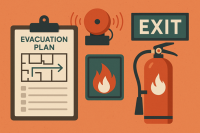
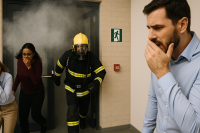
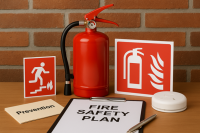
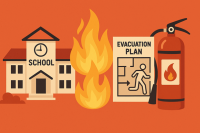

Leave A Comment